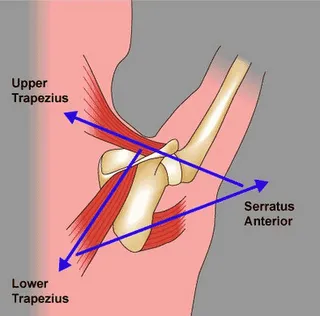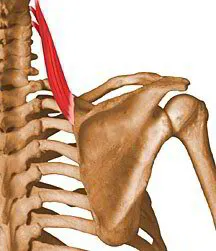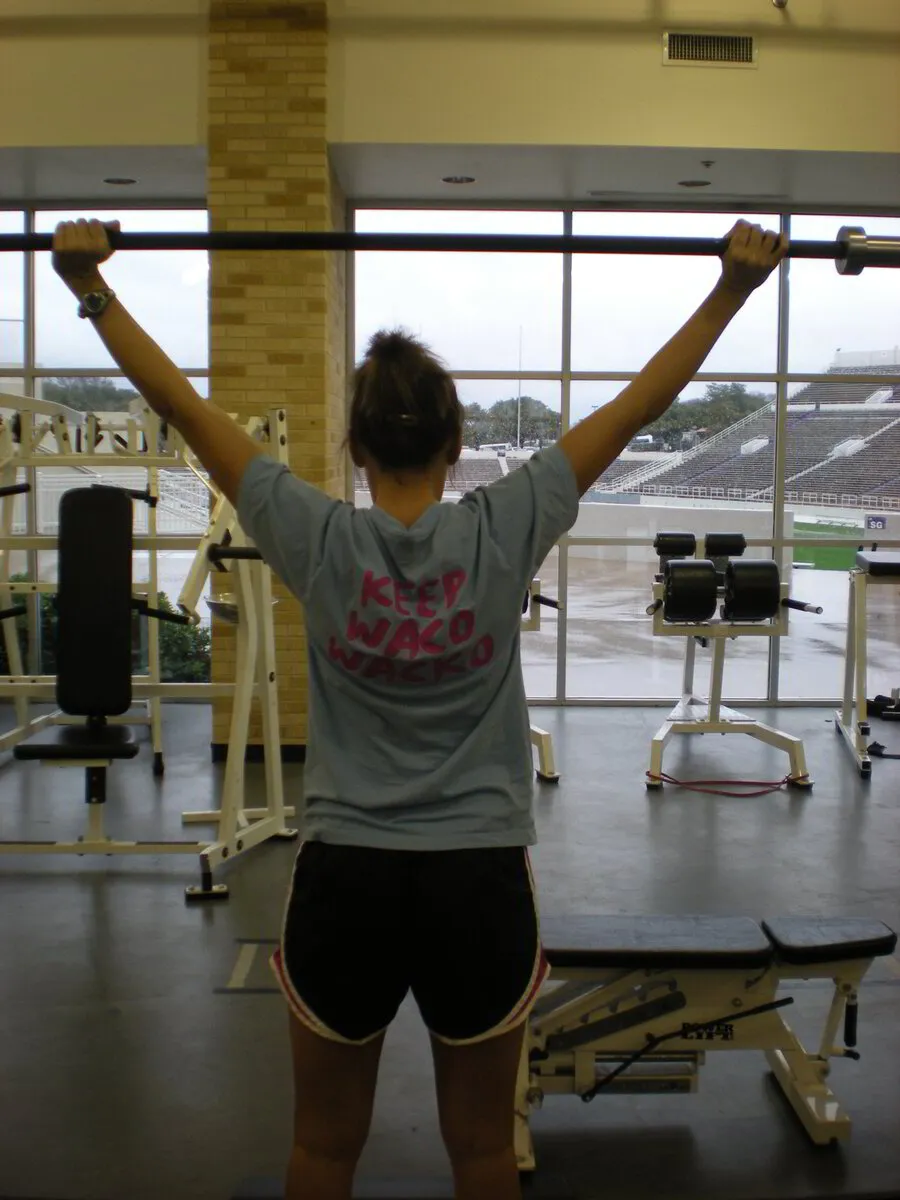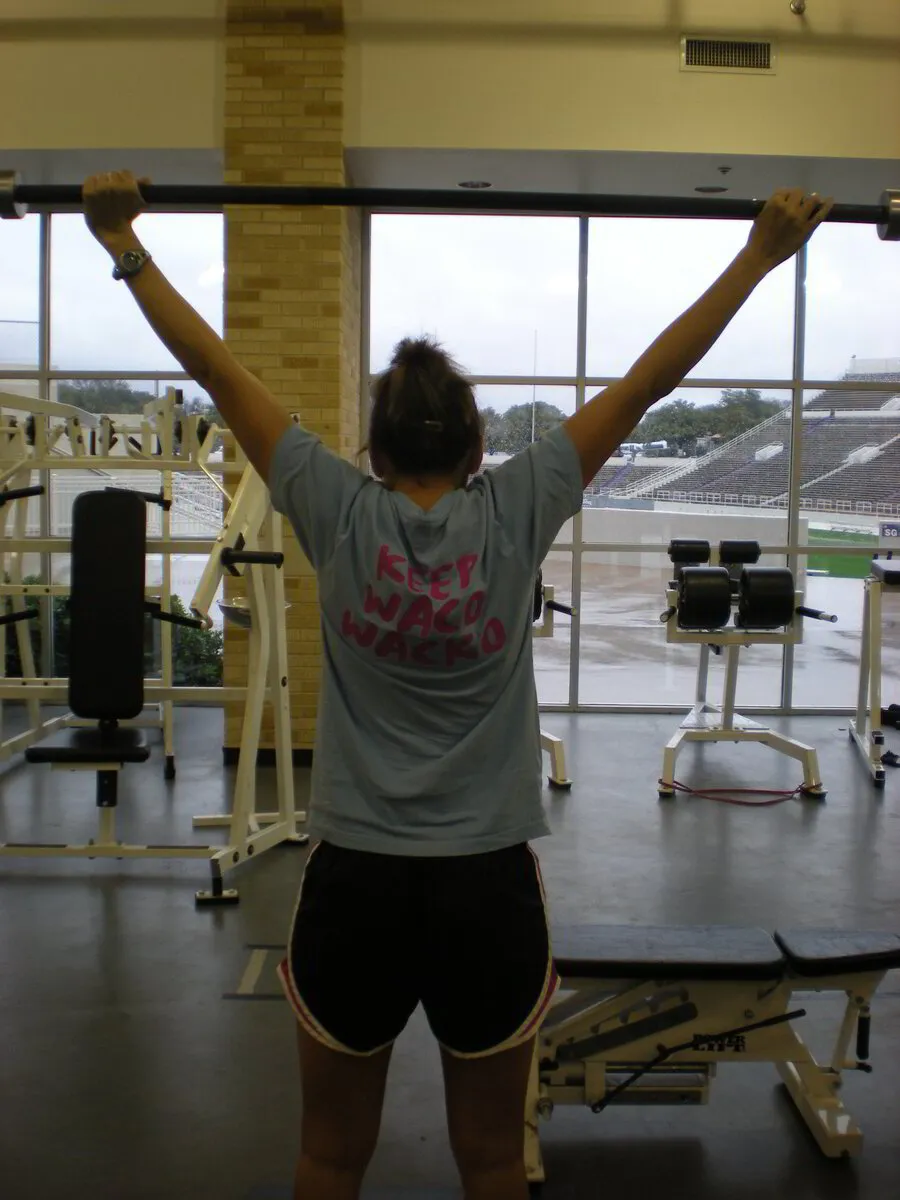'm sure a lot of coaches and athletes out there have seen the overhead shrug done before but may wonder why it's good for shoulder health.
Lets start out by examining the anatomy of the scap a little bit. There are three muscles responsible for upward rotation of the scapula. Again, upward rotation of the scapula is extremely important for athletes in general and overhead throwing athletes especially because it helps to create space in the subacromial space. Highly, highly important to help prevent impingement. The three muscles that create upward rotation work as a force couple and are the upper trapezius, serratus anterior, and the lower trapezius. The diagram below shows exactly how these three muscles work together to create upward rotation.
Force couple for upward rotation
We talked about the serratus anterior earlier this week and how to get it functioning again. If you didn't see that post you can find it HERE. We clearly see an example here of why the serratus is so important. Often times the serratus as well as the lower trap is inactive and inhibited. This happens by improper training as well as today's sedentary lifestlye. If these two muscles are inhibited upward rotation is clearly compromised. The result is dysfuction in the scap, and possible future shoulder problems.
Now when we do regular barbell, or db shrugs we get lots of work from the levator scapulae. The LS is responsible for scap elevation but is also a downward rotator of the scap. This isn't a good thing for the reasons we touched on earlier and why upward rotation is so important. We don't want downward rotation of the scap. We never want to close down the subacromial space.
Levator Scapulae - Evil Downward Rotator
So when we perform the overhead shrug, we create upward rotation of the scap. Hence, we get activation out of the lower trap, serratus anterior, as well as the upper trap. The levator scapulae is the left out of the picture because as upward rotation occurs the LS is put on slack. In many people the levator scapulae is very overactive. Tension in the LS can cause scap dysfunction as well as headaches.
Start of the overhead shrug
So for our athletes we mostly perform the overhead shrug with a light weight for high reps, usually 20+ reps. We start with the bar and gradually progress our athletes to weight only when full range of motion can be acheived. Use a grip similar to a snatch grip. Emphasize driving the shoulders to the ears and all the way back down. Compensations occur when the athlete bends the elbows to get movement and or pecks the head forward and back with no motion occurring in the scap. Some may not be able to perform the overhead shrug because of pain in the shoulder with any overhead activities so use common sense when prescribing the exercise.
Finish position




